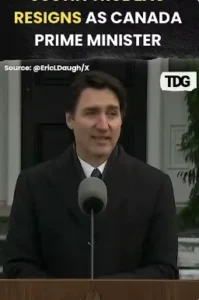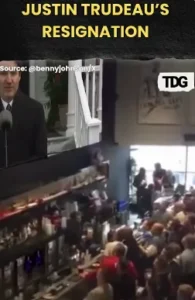Russia launched a deadly missile strike on the Ukrainian city of Sumy on April 14, 2025. This attack killed at least 10 civilians and injured over 25 others. Ukrainian officials said the strike damaged several residential buildings, a school, and key power infrastructure. The scale of destruction and civilian deaths has raised fresh questions about Russia’s changing strategy in its war against Ukraine. While Sumy had previously been spared from frequent attacks, this strike indicates a deliberate attempt to expand the scope of war beyond the heavily targeted eastern and southern regions.
Why Did Russia Target Sumy?
Sumy lies just 30 kilometers from the Russian border in northeastern Ukraine. Although not a central part of the ongoing front-line battles, the city plays a strategic role in Ukraine’s defense and supply networks. It is part of the transportation route used for moving humanitarian aid and military supplies. Moreover, its railway connections link northern cities to other key areas in Ukraine. By hitting Sumy, Russia seems to be trying to disrupt these supply routes and create panic in border areas that were previously considered relatively safe. The attack may also be an attempt to divert Ukrainian military attention from the eastern and southern battlefronts by opening pressure points in the north.
What Does This Reveal About Russia’s War Tactics?
The Sumy strike is not an isolated incident. It is part of a larger trend where Russia has begun attacking Ukrainian cities outside the main conflict zones. In recent weeks, missile and drone attacks have hit Kharkiv, Chernihiv, and other border areas. This shows that Russia is expanding its war geographically, possibly to exhaust Ukraine’s resources and divide its military forces. Analysts believe this is a tactic to stretch Ukraine’s defenses thin across multiple regions. Russia might also be using these attacks to demonstrate that it still holds military superiority, despite international sanctions and ongoing battlefield challenges.
Additionally, these attacks on non-frontline cities often target civilian infrastructure, not just military sites. This strategy appears to be designed to undermine public morale, strain emergency services, and sow fear among the population. It also serves as a signal to the West that Russia can still inflict major damage at will, despite Western support for Ukraine.
Civilian Suffering and Infrastructure Damage
The April 14 missile strike caused serious damage to homes, schools, and energy systems in Sumy. One of the hardest-hit areas was a residential apartment building, where several families were either killed or left homeless. A local school was also damaged, forcing students to halt in-person learning. Additionally, the strike knocked out a key electricity substation, plunging parts of the city into darkness.
According to the Ukrainian military, the missile used in the attack was likely an Iskander short-range ballistic missile, which is known for its destructive power. Emergency crews described the aftermath as “devastating.” Many residents had to be rescued from beneath the rubble, and hospitals became overwhelmed with injured victims.
Ukraine and the International Response
Following the attack, Ukrainian President Volodymyr Zelenskyy condemned Russia’s actions, calling them “another act of terror against our people.” He urged Ukraine’s Western allies to speed up the delivery of advanced air defense systems, especially for northern regions like Sumy that had been less protected until now.
The United States reacted strongly, stating that the missile strike reminded the world “why Ukraine needs continued support.” The European Union called the attack “inhuman and unjustified.” Countries like Germany and the UK also expressed concern and signaled they may send more air defense weapons, such as Patriot missile systems, to protect Ukrainian skies. The international reaction suggests that the world still sees Russia’s actions as a threat not only to Ukraine but to European security as a whole.
Pattern of Escalation in 2025
The Sumy attack adds to a growing list of Russian strikes targeting Ukrainian cities far from the front lines. Earlier this year, a drone attack hit Kharkiv’s train station, injuring dozens of civilians. Russia also attacked Odesa’s grain export facilities, affecting Ukraine’s agricultural trade. In Chernihiv, a missile destroyed a part of a hospital. These attacks suggest that Russia’s strategy now includes creating chaos across Ukraine, not just gaining territory in the east.
Military experts say that this expansion of the war zone is meant to complicate Ukraine’s military planning. If Ukraine has to defend more cities across a wider area, it becomes harder to organize strong counteroffensives in the east and south. This could help Russia slow down Ukrainian advances and buy time on the battlefield.























